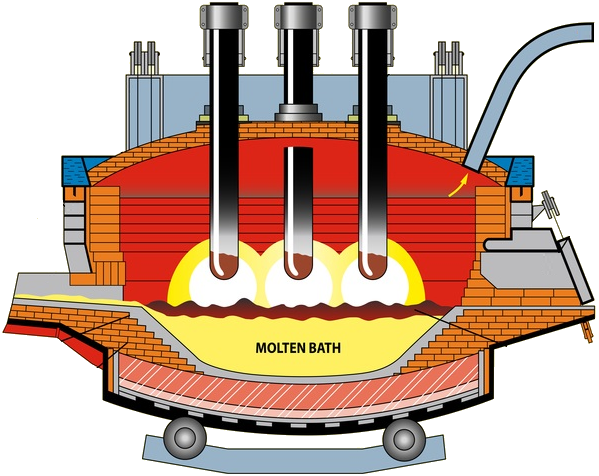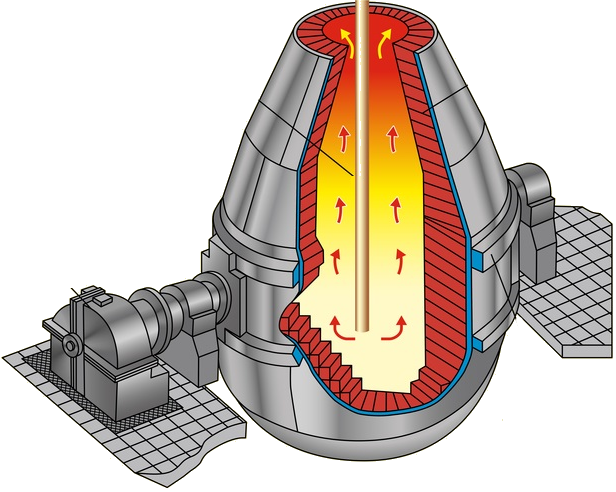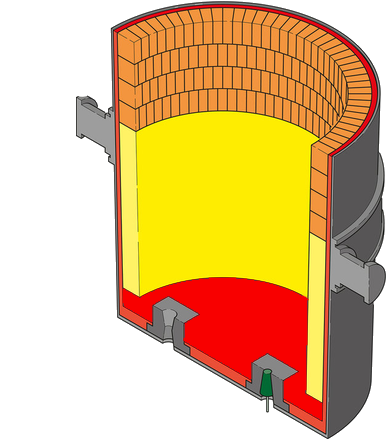Dead Burnt Magnesia (DBM) is a calcium rich high-temperature refractory material in form of granules, processed from natural crypto crystalline magnesite ore and
sintered at high temperature (called calcination or dead burning) and consisting of magnesium oxide (MgO) and Calcium oxide (CaO).

1. Excellent heat resistance

2. High melting point

3. High chemical stability

4. Resistance to thermal shock
The properties of heat resistance and chemical stability make Dead Burnt Magnesia valuable in industries requiring refractory materials capable of withstanding severe
thermal conditions while maintaining structural integrity and performance over time.
APPLICATIONS OF DEAD BURNT MAGNESIA
How is dead burned magnesia used in metallurgy

ELECTRIC ARC FURNACE

BASIC OXYGEN FURNACE (BOF)

LADLE & SECONDARY REFINING VESSELS
